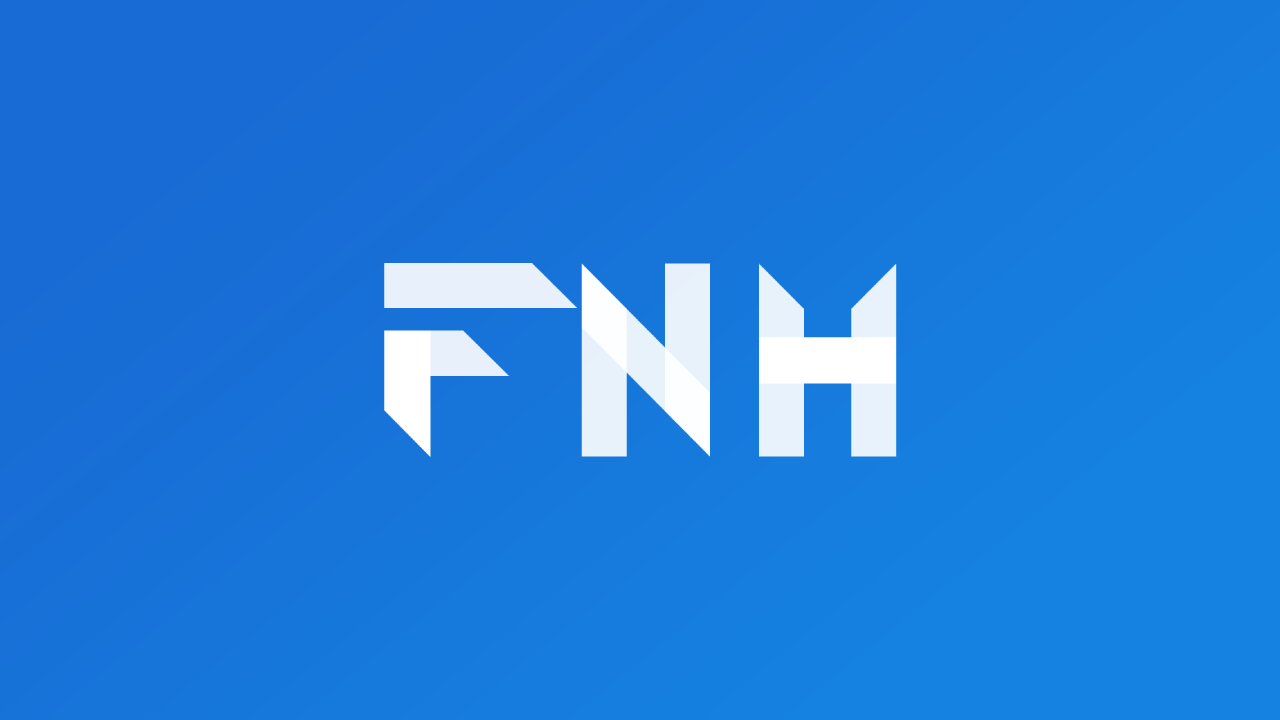WebView for Flutter: Enhance Your Mobile App with Web Content
Published on by Flutter News Hub

WebView for Flutter is a potent plugin that allows developers to seamlessly integrate web content into their Flutter applications. This plugin leverages the native WebView component on both Android and iOS, providing a reliable and consistent web browsing experience within a Flutter app.
Usage
Integrating WebView into your Flutter app is straightforward. Begin by adding the dependency to your pubspec.yaml file:
dependencies: webview_flutter: ^latest_version
To display a WebView, follow these steps:
- Instantiate a WebViewController:
final controller = WebViewController(); controller.setJavaScriptMode(JavaScriptMode.unrestricted); controller.setBackgroundColor(const Color(0x00000000)); controller.setNavigationDelegate(NavigationDelegate(...));
- Load a URL:
controller.loadRequest(Uri.parse('https://flutter.dev'));- Create a WebViewWidget and pass the controller:
@override
Widget build(BuildContext context) {
return Scaffold(
appBar: AppBar(title: const Text('Flutter Simple Example')),
body: WebViewWidget(controller: controller),
);
}Platform-Specific Features
WebView for Flutter offers platform-specific features to enhance the user experience on each platform. To access these features, include the following packages:
- Android: webview_flutter_android
- iOS: webview_flutter_wkwebview
Android Platform Views
WebView for Flutter utilizes Platform Views to embed the Android WebView. Ensure that the correct minSdkVersion is set in android/app/build.gradle.
API Changes
Version 4.0 of WebView for Flutter introduced several API changes. Here's a summary:
- Instantiating WebViewController:
- In previous versions, WebViewController was retrieved after adding the WebView to the widget tree. Now, it must be instantiated before adding.
- Replacing WebView Functionality:
- The WebView class has been replaced by WebViewController and WebViewWidget.
- WebViewController handles web view functionality like loading URLs and managing cache.
- WebViewWidget handles Flutter widget-related tasks like layout and gestures.
- API Changes:
- WebViewController.clearCache no longer clears local storage or reloads the page.
- WebViewController.evaluateJavascript has been replaced by WebViewController.runJavaScript.
- WebViewController.runJavaScriptReturningResult now returns an Object, attempting to parse the return value as a bool or num.
- WebView.initialCookies has been removed. Use WebViewCookieManager.setCookie before loading requests.
- NavigationDelegate now includes callbacks for handling navigation events.
- Features like debugging and media playback policies have been moved to platform-specific implementation classes.
Conclusion
WebView for Flutter is a powerful plugin that allows developers to enhance their apps with web content. Its platform-specific features and recent API changes provide greater flexibility and control. By following the guidelines outlined in this article, you can seamlessly integrate WebView into your Flutter apps and deliver a robust and engaging user experience.